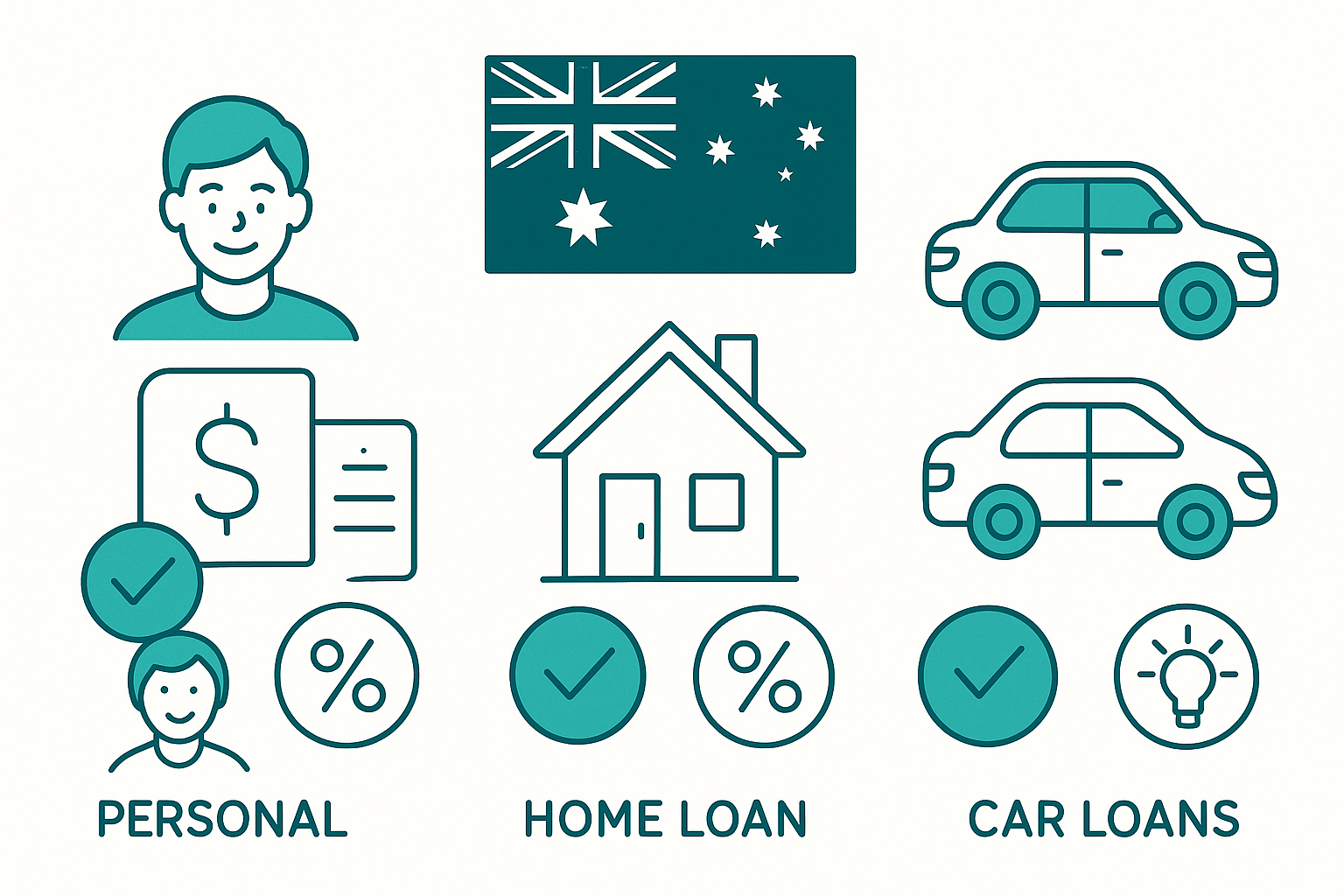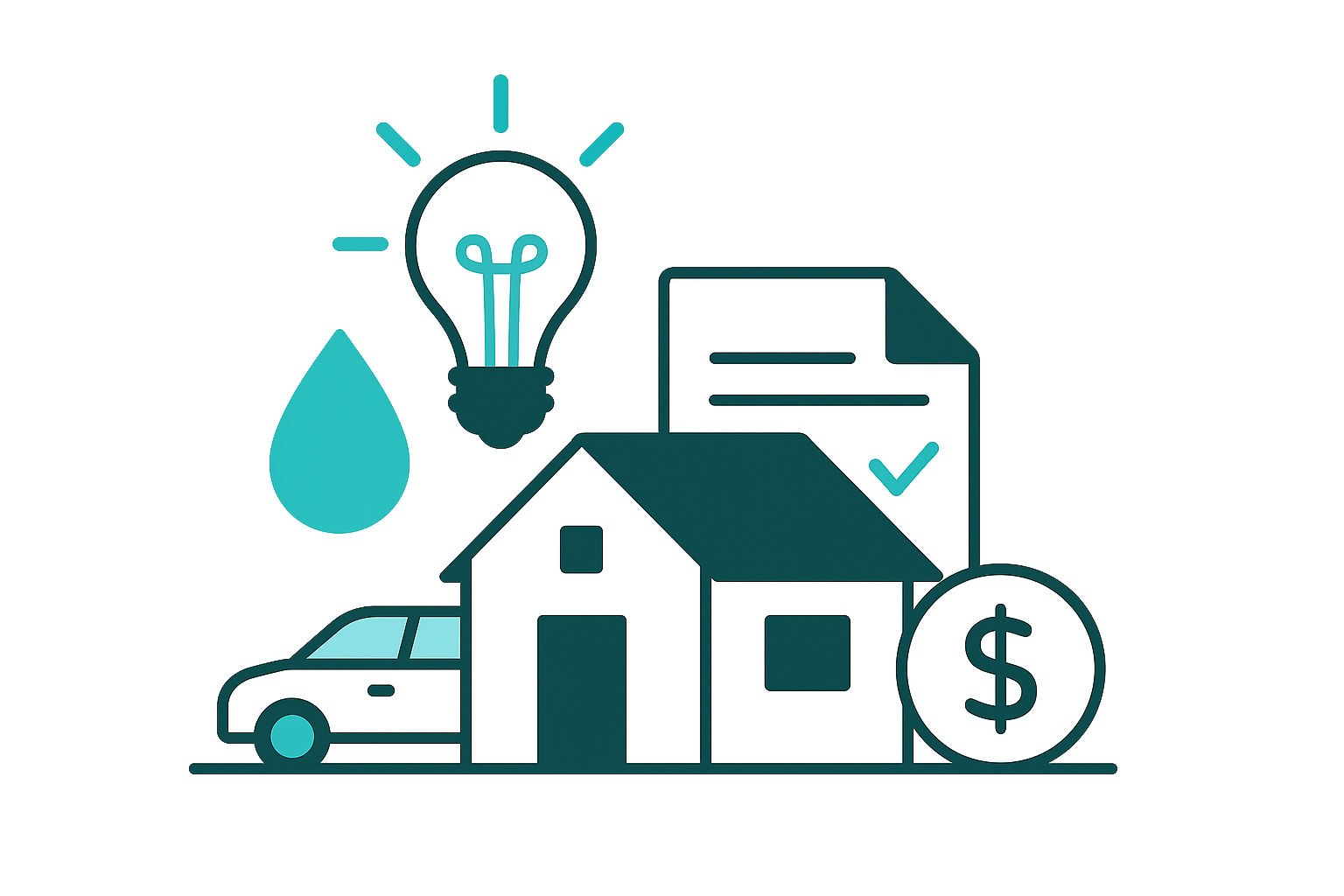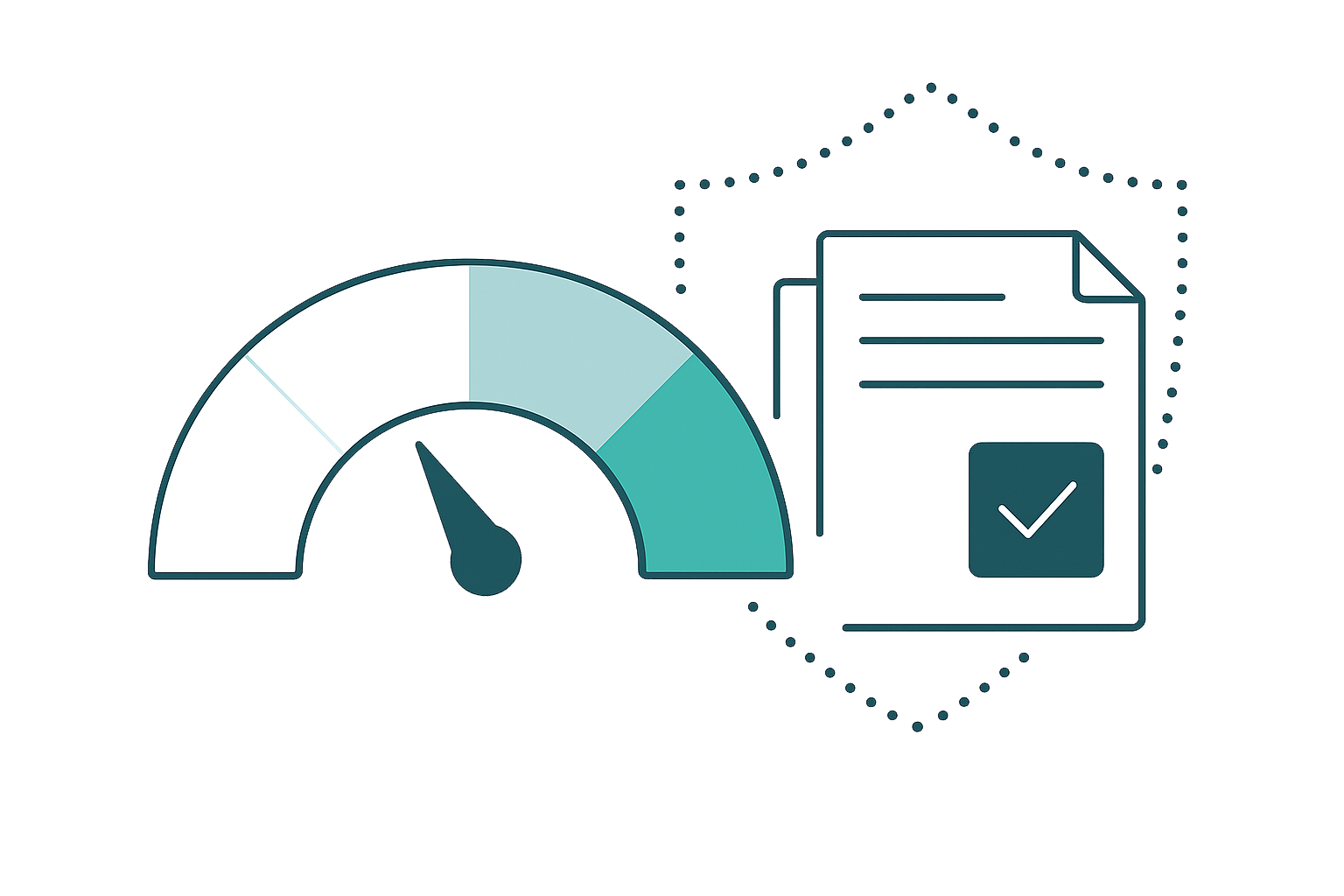Understanding Loans in Australia: A Complete Guide
- Personal Finance
- 04 Mins read

Types of Loans in Australia
Understanding different loan types helps you pick the right fit for your needs. Here are the main categories:
1. Home Loans (Mortgages)
The most common loan in Australia is a mortgage—a loan to buy or refinance a home.
- Variable-rate mortgages: The interest rate can fluctuate with the market. Payments may go up or down over time.
- Fixed-rate mortgages: The interest rate stays the same for a set period (e.g., 1-5 years). Payments are predictable.
- Split loans: A mix of fixed and variable, giving flexibility and security.
Case Study:
Sarah, a first-home buyer, chose a fixed-rate loan for her first five years. It kept her payments stable despite market fluctuations. Now she feels secure, knowing her budget won’t change unexpectedly.
2. Personal Loans
These are unsecured loans—meaning no collateral like a house or car. You can use them for travel, medical expenses, or debt consolidation.
- Typically, smaller amounts (up to $50,000)
- Fixed repayments over a set term
- Higher interest rates than secured loans
3. Car Loans
Car loans are secured loans using the vehicle as collateral. This usually means lower interest rates compared to personal loans.
4. Investment Loans
Designed for investing in property or shares. These loans often come with different eligibility rules and interest structures.
Who Qualifies for a Loan? Understanding Eligibility
Lenders want to ensure you can repay the loan comfortably. Here’s what they typically check:
- Income: Stable employment or consistent income sources.
- Credit history: Your past borrowing and repayment habits. A good credit score helps.
- Debt-to-income ratio: How much you owe compared to your income.
- Savings and deposits: Especially for home loans, a sizable deposit (often at least 5-20%) improves your chances.
Tip:
“Your credit report is like a report card for borrowing. Keep it clean by paying bills on time and avoiding excessive debt,” advises ASIC.
The Lending Process Step-by-Step
- Assess your finances: Know your income, expenses, savings, and debts.
- Research loan options: Compare different lenders and loan types.
- Get pre-approval: Many lenders will pre-approve your loan, giving you an idea of your borrowing limit.
- Apply for the loan: Submit necessary documents—proof of income, identification, savings evidence.
- Loan approval and settlement: Once approved, you’ll sign contracts and settle the property or funds.
Key Factors to Secure the Best Loan Deal
- Interest Rate: Even a small difference can mean thousands over the life of a loan. Shop around.
- Comparison Rate: Combines interest and fees, giving a true picture of the cost.
- Loan Term: Shorter terms save on interest but mean higher repayments.
- Additional Fees: Be aware of application, appraisal, or early repayment fees.
- Lender Flexibility: Can you make extra repayments or repay the loan early without penalties?
My insight:
In my decade of advising clients, those who compare and seek pre-approval often secure better deals. First, shop around, then negotiate.
The Power of Compound Interest
Understanding how interest accumulates is vital. Compound interest means the interest earned on the initial amount plus previous interest.
Simple example:
If you borrow $10,000 at 5% annually:
- After one year, you owe $10,500.
- If interest compounds yearly, the next year, you earn interest on $10,500, and so on.
Over time, compound interest can significantly increase the total repayment. That’s why paying your loans on time and considering early repayment options can save money.
Special Considerations in the Australian Market
Government Support and Incentives
- First Home Loan Deposit Scheme (FHLDS): Allows some first-home buyers to buy with a deposit as low as 5%, without paying lenders mortgage insurance (LMI).
- Help to Buy schemes: Limited involvement but worth exploring if available.
Regulations and Consumer Protections
- The National Consumer Credit Protection Act ensures lenders treat borrowers fairly.
- ASIC enforces responsible lending standards.
Economic Factors
The RBA’s monetary policy influences interest rates. When the RBA lowers rates, borrowing becomes cheaper; when it raises rates, borrowing costs increase. Keeping an eye on these changes can help you time your borrowing or refinancing.
Tips for Securing the Best Loan
- Check your credit report: Correct errors and improve your score before applying.
- Save a larger deposit: The bigger your deposit, the better your interest rate and borrowing power.
- Get professional advice: A mortgage broker can help you navigate the many options and find the best deal.
- Avoid unnecessary debt: Reduce existing debts before applying for new financing.
- Build your savings: A healthy savings account strengthens your position during approval.
Myths About Loans
Myth: You need perfect credit to get a good loan.
Fact: While good credit helps, lenders also consider your income and deposit size. Being transparent and prepared can improve your chances.
Myth: A fixed-rate loan is always better.
Fact: Fixed rates provide stability but may come with higher initial costs. Variable rates offer flexibility and potential savings.
Final Thoughts
Navigating loans in Australia requires understanding your options, assessing your financial situation, and choosing wisely. Remember, the goal is to find a loan that fits your needs today and supports your financial goals tomorrow.
As in all financial decisions, do your homework, ask questions, and seek professional advice when needed. With the right knowledge, you can secure a loan that aligns with your plans and helps you build a brighter financial future.
Key Takeaways
- Know the different types of loans and their features.
- Check your eligibility before applying.
- Compare interest rates and fees carefully.
- Use the power of compound interest to your advantage.
- Seek expert advice to find the best deal.
“A well-informed borrower is a confident borrower,” says ASIC. Take charge of your financial future—understand loans, and make smarter borrowing choices.
For further tips and updates on personal finance topics in Australia, stay tuned to our blog.



